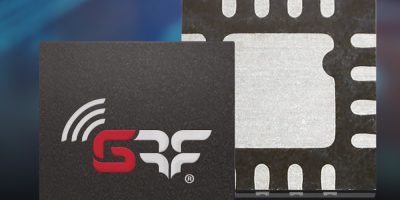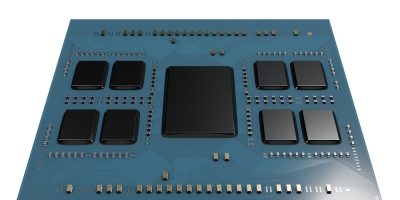Tracking the evolving portfolio of AMD EPYC 9004 series processors, Supermicro announces system optimised with up to 128 Zen 4c cores and AMD 3D V-Cache technology.
The cloud, AI / ML, storage and 5G / edge providers has unveiled servers powered by 4th Gen AMD EPYC processors for cloud native computing, with leading thread density and 128 cores per socket. In addition to rack density and scalable performance they are energy efficient to deploy cloud native workloads in more consolidated infrastructure, said Supermico. The systems are targeted for cloud operators to meet the ever-growing demands of user sessions and deliver AI-enabled new services. Servers featuring AMD 3D V-Cache technology excel in running technical applications in FEA, CFD, and EDA, said AMD. The large Level 3 cache enables these types of applications to run faster than earlier processors.
“We design and deliver resource-saving, application-optimised servers with rack scale integration for rapid deployments,” said Charles Liang, president and CEO of Supermicro. “With our growing broad portfolio of systems fully optimised for the latest 4th Gen AMD EPYC processors, cloud operators can now achieve extreme density and efficiency for numerous users and cloud-native services even in space-constrained data centres. In addition, our enhanced high performance, multi-socket, multi-node systems address a wide range of technical computing workloads and dramatically reduce time-to-market for manufacturing companies to design, develop, and validate new products leveraging the accelerated performance of memory intensive applications.”
“4th Gen AMD EPYC processors offer the highest core density of any x86 processor in the world,” confirmed Lynn Comp, corporate vice president, server product and technology marketing, AMD.
The H13 Hyper-U servers are designed for the high-performance and density ideal for cloud-native workloads such as virtualisation and HCI, with a single 4th Gen AMD EPYC processor for cloud native computing of up to 128 cores. In addition, storage-optimised configurations are available that contain either 12x 3.5 inch drive bays or 24x 2.5 inch drive bays. Using a single CPU with the Hyper-U may reduce software licensing costs and cooling challenges compared to dual CPU servers while still providing maximum core density and doubling the memory capacity with support for up to 12 channels of DDR5 in 24 DIMM slots, advised Supermicro.
The company also announced H13 All-Flash EDSFF, the All-Flash NVMe storage systems powered by AMD EPYC 9004 Series processors, based on Zen 4c architecture. They are designed with the latest EDSFF technologies for capacity in a compact 1U chassis. Taking advantage of 128 PCIe 5.0 lanes, it supports 16 (7.5mm) EDSFF E3.S drives, or eight E3.S (x4) drives and four CXL devices in E3.S 2T form factor allowing memory expansion for use cases such as in-memory database applications.
There were also enhancements to the H13 GPU-optimised systems, the 1U and 2U dual-socket H13 Hyper series of rackmount servers, the single-socket H13 CloudDC and the H13 GrandTwin the 2U four-node system which is purpose-built for single-processor performance.







